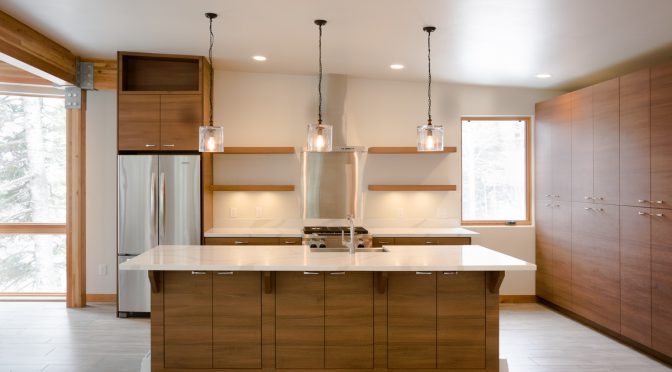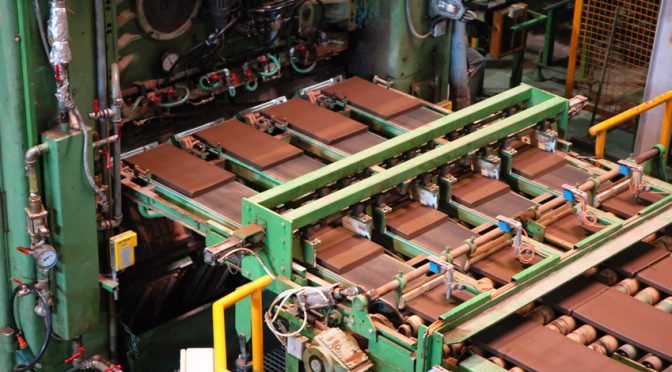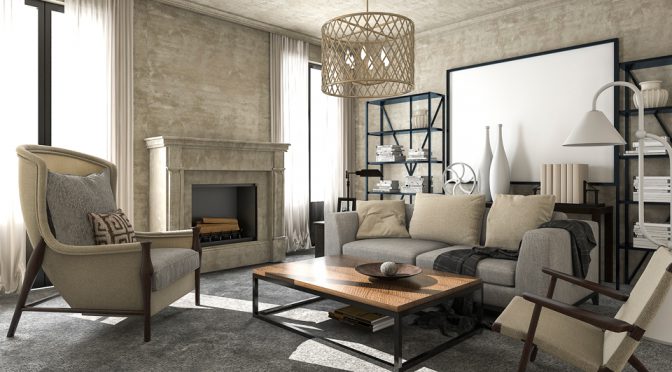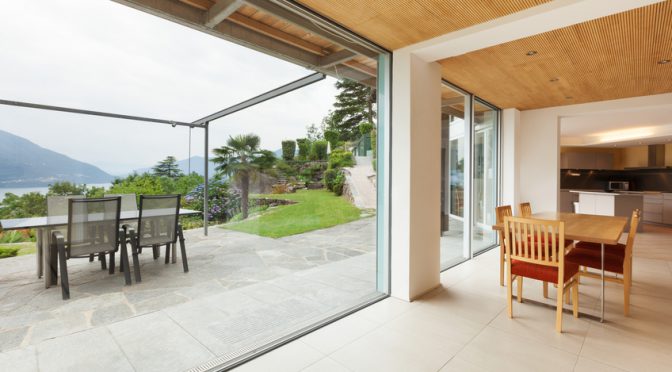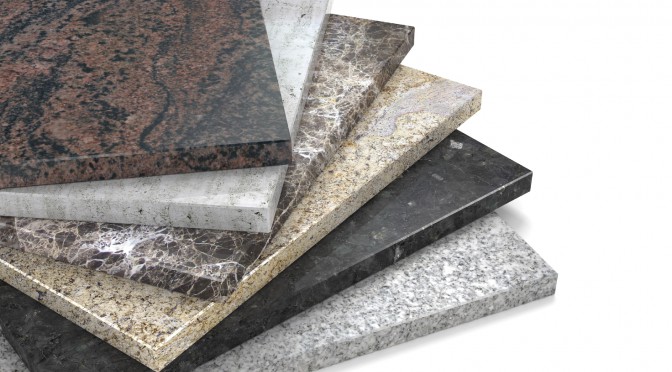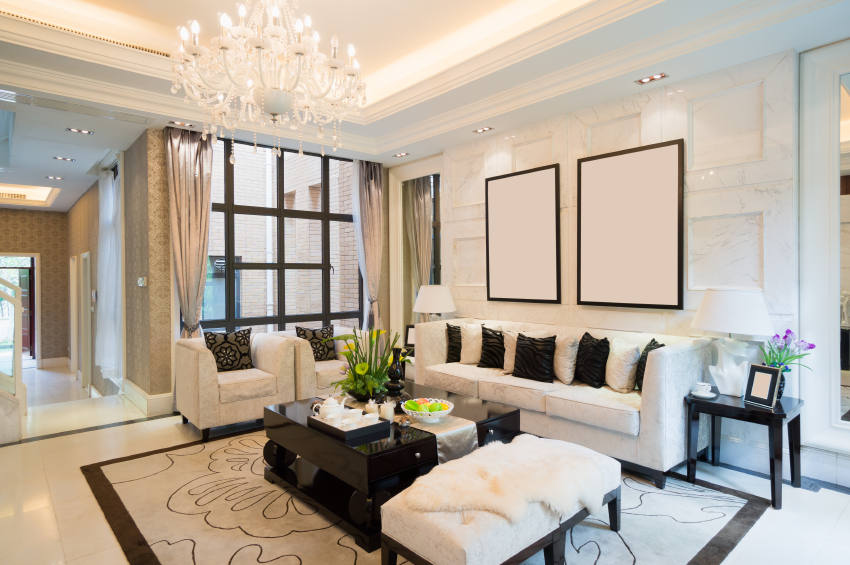It’s wrong to say that aesthetics and durability don’t go hand in hand. On the contrary! A green kitchen exudes warmth and cheerfulness, otherwise difficult to obtain. Here is an example.
Imagine a large floor made of natural linoleum, ceramic, wood, concrete or natural stone, like slate or terracotta. Just above are the cabinets made of solid wood, bamboo or wheat board panels. And plenty of natural sunlight is streaming through the windows.
Did you wince when reading the words linoleum and bamboo? You see, times have changed. Today’s linoleum is sold in many different colours and contemporary designs and bamboo comes in many various shades. Take some time to shop around.
The sink is in natural stone or stainless steel. The base of the kitchen island is made of wood, while the countertops of ceramic, waxed concrete, stainless steel or any other material imitating stone. On the wall, copper pans are hanging.
[caption id="attachment_14705" align="aligncenter" width="600"] iStock[/caption]
iStock[/caption]
Note that all the surfaces in the kitchen are made of durable, hygienic and easy to maintain materials. Three of the criteria that largely exemplify a green kitchen.[……]
